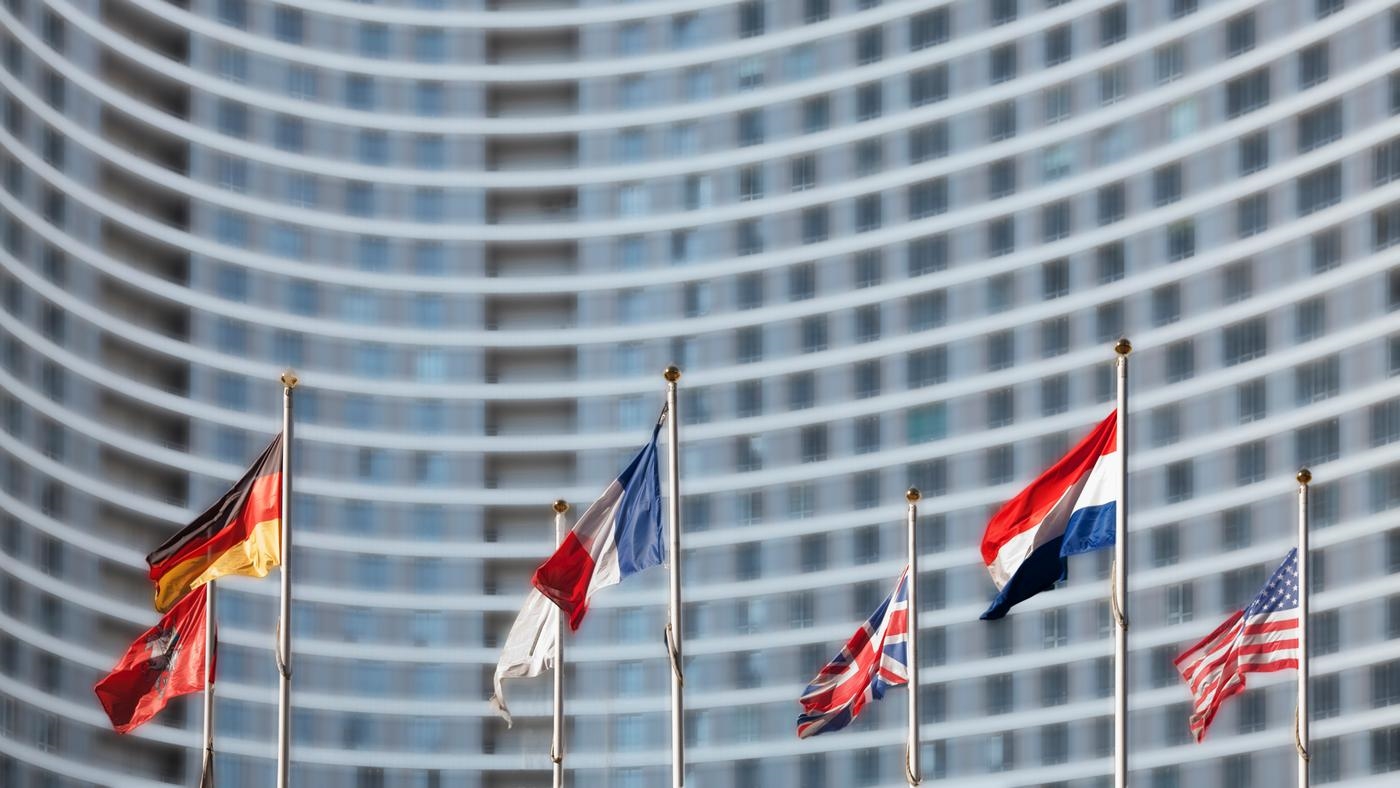Discuss your challenges with our solutions experts
Does Germany need LNG?
Proposals to build a German LNG import terminal have gathered momentum. Does the country need its own supply of LNG?
1 minute read
Murray Douglas
Vice President, Hydrogen & Derivatives Research

Murray Douglas
Vice President, Hydrogen & Derivatives Research
Murray is responsible for Wood Mackenzie’s global coverage across the hydrogen value chain.
Latest articles by Murray
-
Opinion
Our top takeaways from the World Hydrogen Summit
-
Opinion
eBook | The hydrogen opportunity from now to 2050: what utilities and developers need to know
-
Opinion
eBook | The hydrogen opportunity from now to 2050: what industrial players need to know
-
Opinion
eBook | Investing in hydrogen from now to 2050: what you need to know
-
Opinion
What lies ahead for hydrogen and low-carbon ammonia?
-
Opinion
Ebook | Overcoming the challenges around hydrogen deployment
As Europe’s largest gas market, Germany seems an obvious candidate to take advantage of the growing global appetite for LNG. However, the country remains an outlier, lacking direct access to the LNG market.
Momentum around proposals to develop a German LNG import terminal has gathered pace in the last year. But similar proposals have come and gone in Germany over the years. Has enough now changed for the country to join the world’s growing club of LNG importers?
German gas supply on the political agenda
The German government has given its political backing to an LNG terminal.
Pressure from the US government on Germany to cease reliance on the Russian-led Nord Stream 2 gas pipeline has put the issue of an import terminal in the spotlight. While US influence cannot be ruled out, it is not a key catalyst.
A more fundamental issue is one that has little to do with Russia or the US: the critical shifts in Germany’s gas supply mix.
German gas supply mix
Less stability in gas supply mix
Germany’s gas market has been underpinned by four main sources: domestic gas production (accounting for just 7% of demand), alongside direct access to major piped supplies from Russia, Norway and the Netherlands, and access to LNG through neighbouring LNG import terminals nearby.
-
2030
Planned closure of Groningen gas field
-
1/5th
Current share of Dutch supply to German gas market
-
2038
Commitment to phase out coal from German market
‘Gronin-gone’ – a shifting supply mix
While Germany’s major gas supply sources have been remarkably consistent and reliable over the past 20 years, all that is set to change. By 2030, only two sources will be left— Russia and Norway.
Since 2000, one-fifth of German gas supply has come from the Netherlands, with the majority sourced from Europe’s largest gas field, Groningen. However, this field has been mandated to shut-in by 2030. Possibly earlier.
Germany’s gas supply-demand balance will open up from 2022/ 23, which coincides with the planned start-up date for a German LNG import terminal.
LNG is also set to play an increasingly important role in Europe, with European imports expected to double by 2025. Our analysis shows that more import capacity will be required to support this demand.
Coal is on its way out
Despite unprecedented investment in renewable energy, Germany has made slow progress towards reducing emissions. However, a recently published road map now recommends a full coal phase-out by 2038, with an option to advance this cut-off to 2035.
The phasing out of coal will be positive for gas demand. Germany's recently announced road map for phasing out coal has sharpened the focus on security and diversity of gas supply further. The country's power supply mix currently comprises coal, nuclear, gas and renewables. Within the next 20 years, it will comprise only gas and renewables.
The benefits of German investment into LNG are clear
The reasons why Germany does not yet have its own access to LNG is straightforward: pipeline suppliers have proven reliable and competitive. But all that is changing: Groningen’s upcoming closure puts a question mark over future security of supply, while the growth and diversification of LNG supplies creates interest in the market. For example, the delivered cost of US LNG (on a full life-cycle basis) is competitive into the forecast German hub price.
The momentum behind a German LNG import terminal shows no signs of abating. And it is clear Germany would benefit from having direct access to the world's growing LNG market. We expect a final investment decision (FID) on at least one of the three proposed import terminal projects by the end of 2019.







